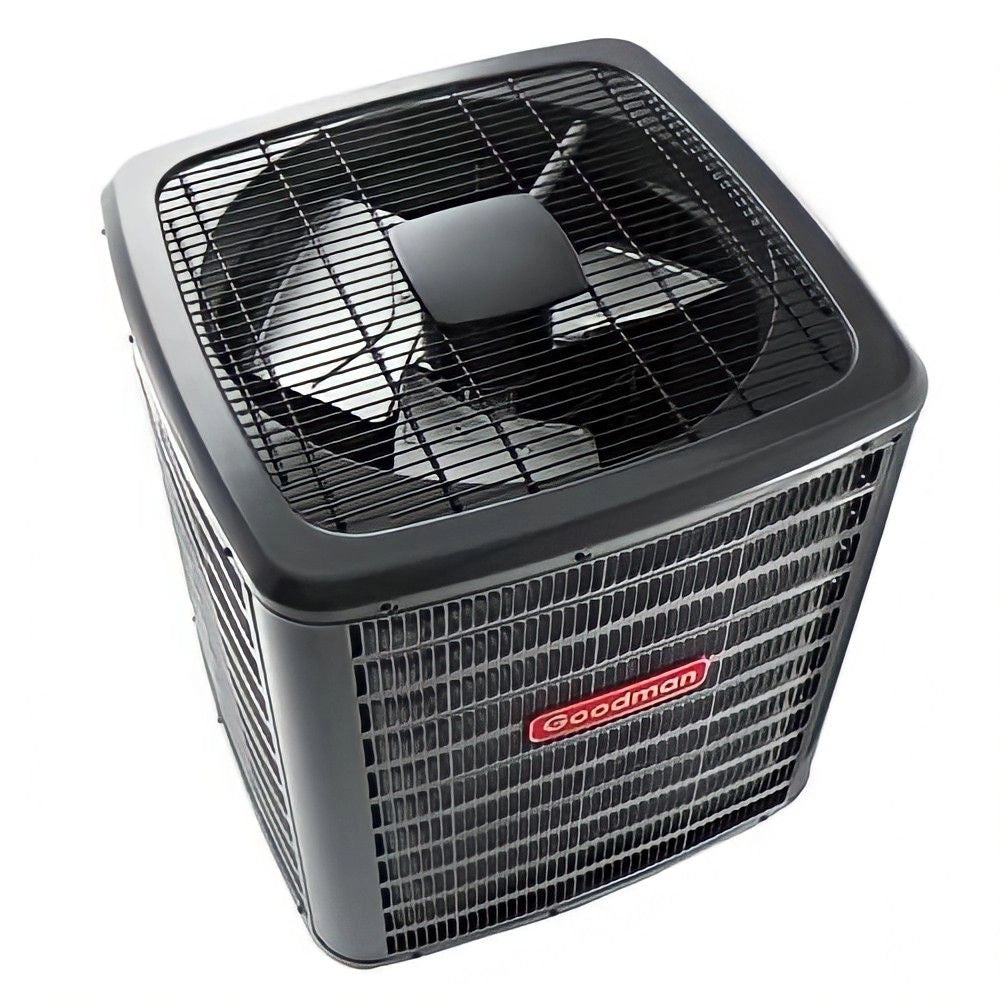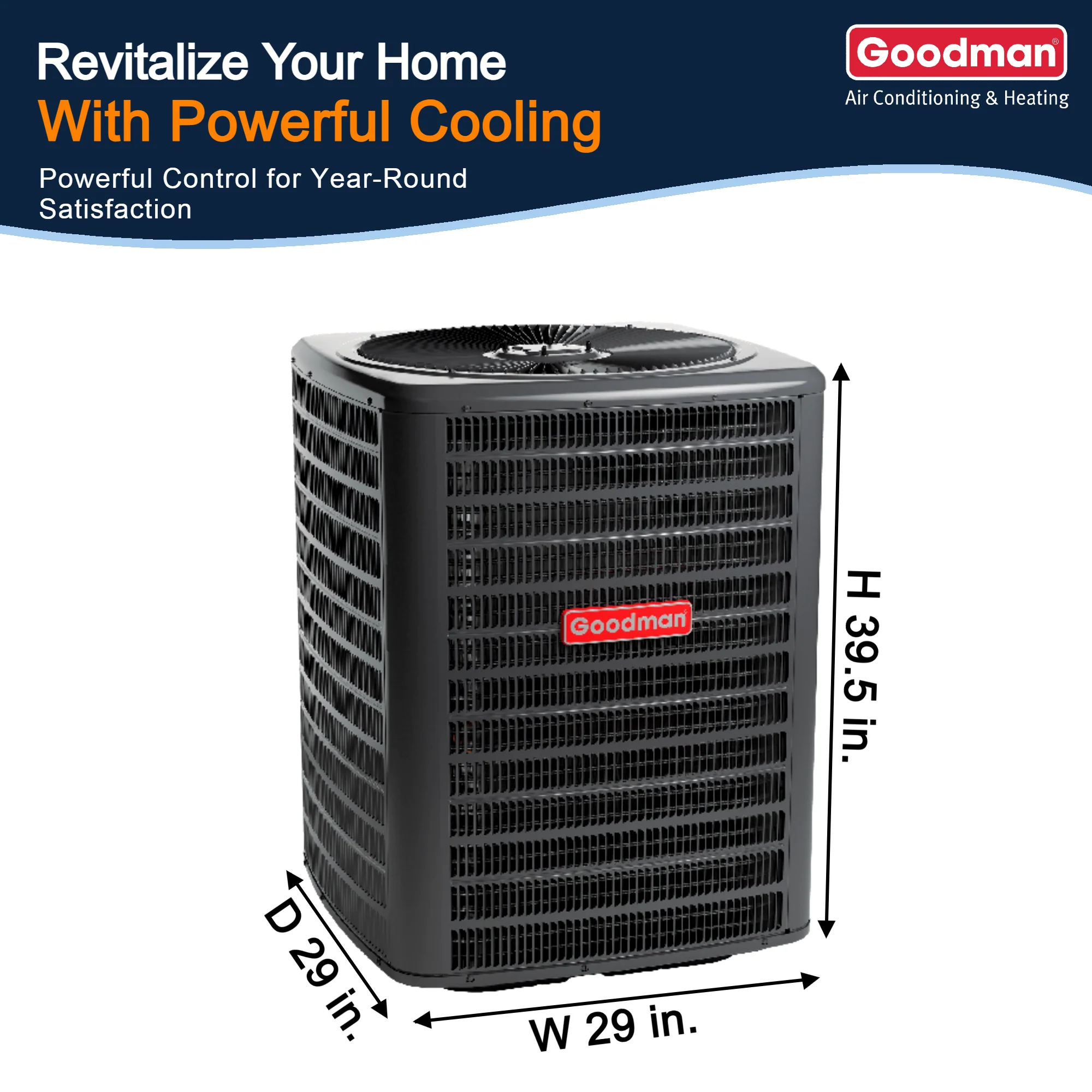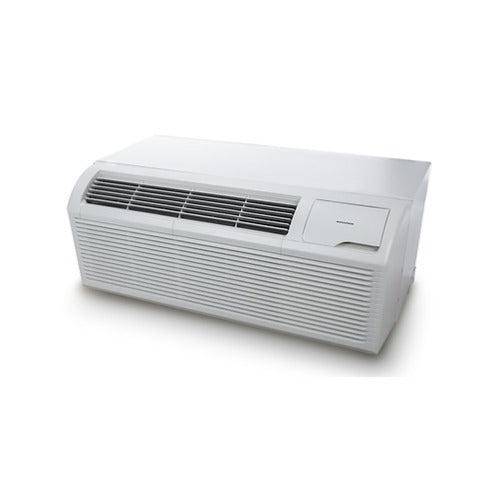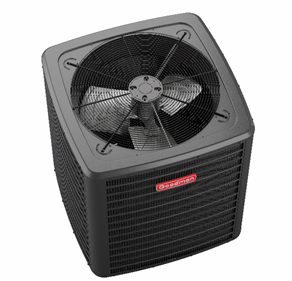Comparing Through-the-Wall Air Conditioners to Other Cooling Options
When choosing the right cooling system, it’s easy to feel overwhelmed by all the options—window air conditioners, portable units, ductless mini-splits, and full central air systems. Each comes with its own benefits, drawbacks, and ideal applications. So how do through-the-wall air conditioners stack up?
Let’s break down how wall units compare in terms of BTU capacity, installation type, SEER and EER ratings, energy efficiency, and long-term comfort.
1. Through-the-Wall Air Conditioners vs. Window Units
| Feature | Wall Units | Window Units |
|---|---|---|
| Installation | Permanent (requires wall sleeve) | Temporary (sits in window) |
| Aesthetics | Clean, flush-mounted design | Blocks window view and light |
| Noise Level | Quieter (better insulation) | Louder, especially older models |
| BTU Range | 8,000–14,000+ | 5,000–12,000 |
| Energy Efficiency | Higher SEER/EER, often ENERGY STAR® | Typically lower unless premium |
| Security | More secure—no access point | Risk of intrusion or unit fall |
Verdict:
Wall units are a more energy-efficient and aesthetically pleasing choice, especially for long-term use or where window access is important (e.g., bedrooms, offices). While window units are cheaper upfront, they tend to leak more air and have a shorter lifespan.
2. Through-the-Wall ACs vs. Portable Air Conditioners
| Feature | Wall Units | Portable ACs |
|---|---|---|
| Installation | Permanent | Freestanding, vent through window |
| Space Usage | Out of the way | Takes up floor space |
| Efficiency | Higher SEER, more powerful cooling | Lower SEER, not ideal for large rooms |
| Mobility | Stationary | Easy to move between rooms |
| Humidity Removal | More effective | Requires manual draining |
Verdict:
Portable units offer flexibility but are far less efficient. Their BTU ratings are often overstated and they struggle in high-heat conditions. Through-the-wall units are better for consistent, powerful cooling—especially in humid environments.
3. Through-the-Wall Units vs. Ductless Mini-Splits
| Feature | Wall Units | Ductless Mini-Splits |
|---|---|---|
| Installation | Easier (cut one hole for sleeve) | Requires indoor/outdoor components |
| Cost | Moderate | Higher initial investment |
| Efficiency | High, especially with R-32 | Extremely high (up to 20+ SEER) |
| Cooling Zones | Single room per unit | Multi-zone capability |
| Noise Level | Quiet | Ultra-quiet |
Verdict:
If budget isn’t a concern and you want maximum energy efficiency, mini-splits outperform every other option. But through-the-wall units offer an excellent balance of performance, efficiency, and cost—especially for single-room solutions.
4. Through-the-Wall ACs vs. Central Air Conditioning
| Feature | Wall Units | Central Air |
|---|---|---|
| Installation | Simple retrofit or remodel | Requires ductwork |
| Cost | Low to moderate | High initial and maintenance cost |
| Zone Control | Room-by-room cooling | Whole-house, limited zoning |
| Energy Use | Only cools the room needed | Cools entire house (even empty rooms) |
| Maintenance | Easy DIY and filter replacement | Requires HVAC service |
Verdict:
Through-the-wall units shine in homes or buildings without existing ductwork. They’re ideal for supplemental cooling in additions, garages, home offices, or in apartments where central AC isn’t practical. They’re also great for energy-conscious homeowners who want room-by-room climate control.
When to Choose a Through-the-Wall Air Conditioner
Choose a through-the-wall unit if:
-
You want permanent, quiet, efficient cooling in one or more rooms
-
You need to preserve window space
-
You’re retrofitting an older home or rental property
-
You value lower energy bills and higher SEER/EER ratings
-
You prefer a low-maintenance and durable solution
-
You're interested in eco-conscious cooling with R-32 refrigerant
Avoid through-the-wall units if you:
-
Need mobile, temporary cooling (go portable instead)
-
Want whole-home or multi-room cooling with smart zoning (consider mini-splits)
-
Have no exterior wall access or HOA restrictions on facade modifications







